Helping to keep the bees around
jakkom
15 years ago
Related Stories
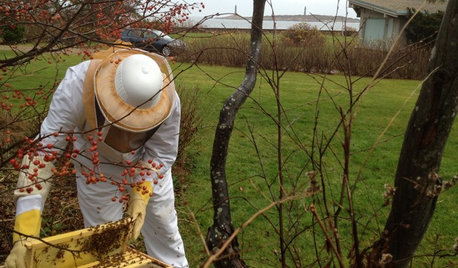
LIFEYou Said It: ‘You Can Help Save the Bees’ and More Houzz Quotables
Design advice, inspiration and observations that struck a chord this week
Full Story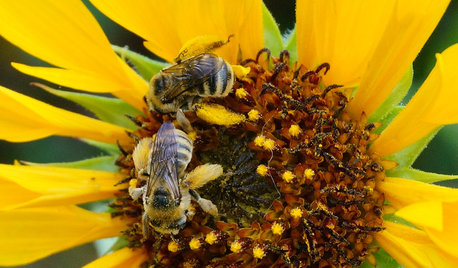
EARTH DAY12 Entertaining ‘Bee-haviors’ of Native Bees
The parade of pollinator antics is another reason to create a garden that nurtures native bees
Full Story
ORGANIZINGHelpful Catch-Alls Keep Visual Clutter at Bay
What a difference it makes when you corral your stuff in pretty bowls, baskets or crates
Full Story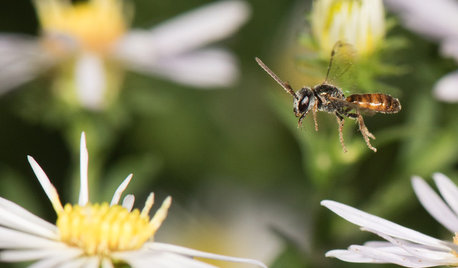
GARDENING GUIDESThis Tiny, Gentle Bee Keeps Busy
Look closely for small sweat bees visiting your flowers throughout the growing season
Full Story
GARDENING GUIDESAttract Hummingbirds and Bees With These Beautiful Summer Flowers
Roll out a welcome mat for pollinators to keep your landscape in balance and thriving
Full Story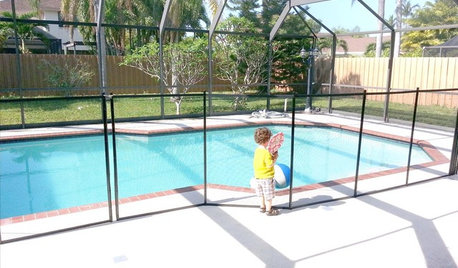
HEALTHY HOMEThese Steps Will Help Keep Kids Safe Around Pools and Spas
Implement several layers of security to prevent life-threatening accidents in and around the pool
Full Story
EARTH DAYHow to Design a Garden for Native Bees
Create a garden that not only looks beautiful but also nurtures native bees — and helps other wildlife in the process
Full Story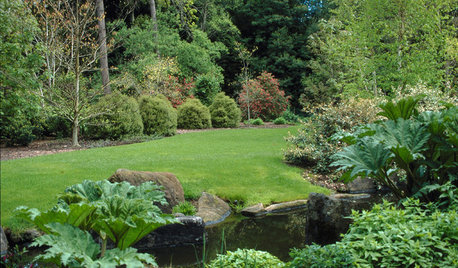
GARDENING GUIDESYou Don't Need Prairie to Help Pollinators
Woodlands, marshes, deserts — pollinators are everywhere
Full Story
EARTH DAYHow to Help Your Town’s Beneficial Birds and Bugs
Make a habitat using local materials to provide a home to the creatures that help our gardens
Full Story
GARDENING AND LANDSCAPINGBe a Citizen Scientist to Help Wildlife, Learn and Have Fun Too
Track butterflies, study birds, capture stars ... when you aid monitoring efforts, you’re lending Mother Nature a hand
Full StoryMore Discussions






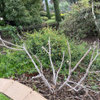
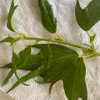
shadowsmom
napapen
Related Professionals
Holly Springs Landscape Architects & Landscape Designers · Londonderry Landscape Architects & Landscape Designers · Windham Landscape Architects & Landscape Designers · Battle Ground Landscape Contractors · Bergenfield Landscape Contractors · Fort Hunt Landscape Contractors · Fort Wayne Landscape Contractors · Fridley Landscape Contractors · Homewood Landscape Contractors · Huntington Landscape Contractors · Muttontown Landscape Contractors · South Lake Tahoe Landscape Contractors · Redlands Swimming Pool Builders · Boston Window Contractors · Laurel Window Contractorscaavonldy
bluekitobsessed
napapen
jakkomOriginal Author
ccroulet
chris_in_ca
sautesmom Sacramento
slo_garden
lemecdutex
ltecato
susi_so_calif
hosenemesis
ltecato
susi_so_calif
juno2008
Laura thegardenpages
susi_so_calif
bluesibe
skrip
lemecdutex
ilovegardening